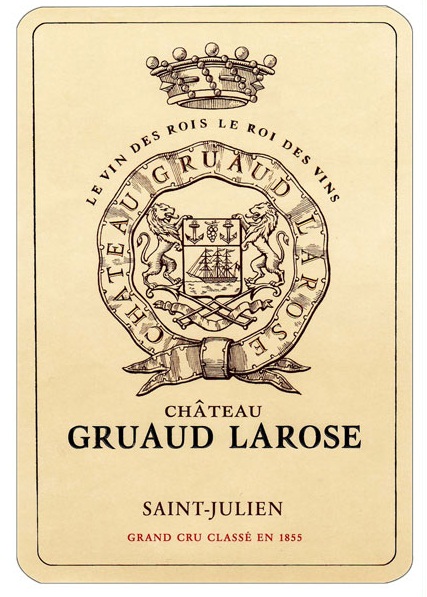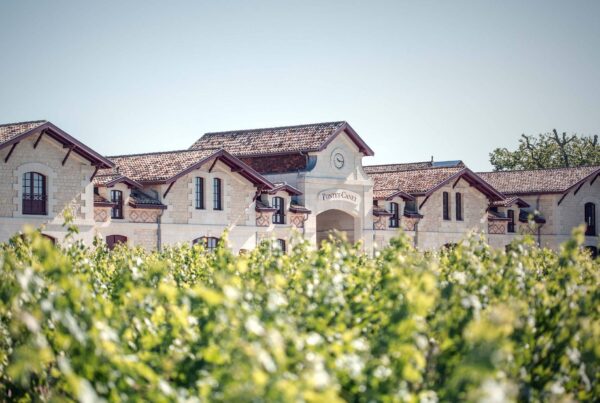Owner: Taillan Group
Appellation: St Julien
Classification: Second Growth
Vineyard area: 84 hectares
Average annual production: 4,000 cases of Gruaud Larose in 2013, down from 13,000 in 2012
Colour: Red
Standard blend: Cabernet Sauvignon (65%), Cabernet Franc (7.5%), Merlot (31%), Petit Verdot (3%), Malbec (1.5%)
Other wines: Sarget de Gruaud Larose (9,000 cases in 2013)
History
Gruaud Larose’s earliest known proprietor was Joseph Stanislas Gruaud – a knight who owned the land in around 1725. Although little is known about the estate’s former years, records reveal that large parcels of vines were inherited by Joseph’s descendants, a priest and a famously eccentric magistrate, who joined forces and named their winery Fond-Bedeau. The magistrate, or Chevalier de Gruaud, was noted for his unusual yet strangely successful tactic of raising the prices of unsold wines in order to encourage buying. After his death in 1778, his share was left to his son-in-law Joseph Sebastian de La Rose, who bought up surrounding vineyards and renamed the property Chateau Gruaud Larose. In the years that followed, the chateau’s wine found favour amongst royals and high society and is said to have been proclaimed “Le Roi des Vins, le Vin des Rois” (“the King of wines, the wine of Kings”). This motto still graces the label today.
The ensuing centuries saw the estate split up and change hands numerous times before being reunited in the early 20th century by the Cordier family. In 1997, Gruaud Larose was purchased by former negociant Jacques Merlaut of the Taillan Group. Georges Pauli remained as winemaker until 2007, when he handed over to oenologist Eric Boissenot.
Market trends
After producing several spectacular vintages in the 1980s, Gruaud was something of an underperformer in the ’90s. Despite enjoying a good following, historically the wine was not a favourite of Parker. He scored nine of the ten ‘90s vintages between 82 and 89 points, and the 2002-2007 vintages were all scored below 90 points.
This changed with the 2009 vintage, which received tremendous reviews from all of the leading critics, including Stephen Tanzer (94) and Jancis Robinson (16.5 out of 20). James Suckling scored it 95, calling it a “fit, yet polished wine”, whilst Parker went even further, calling it “the finest Gruaud since the 1990” and scoring it 95. The following “blockbuster” 2010 (RP 93+) was also well received, and in that year’s Liv-ex’s annual En Primeur survey it was voted by the trade as their second favourite wine of the vintage in the value category.
While the market has drifted, prices for Gruaud Larose have slowly climbed. The Left Bank 200 index (in which the wine sits) has fallen 14% in the last three years; Gruaud Larose has risen 10%. Nevertheless, its wines remain surprisingly affordable: the 2009 has a market price of £521 per 12×75.
The 2013 was released at the same price ex-negociant as the 2012, and both currently have a market price of £330 per 12×75. Generally, critics preferred the 2012: Wine Spectator awarded it 89-92, compared to 88-91 for the 2013, and James Suckling scored it 90-92, compared to 88-89 for the 2013. But for Gruaud Larose fans, the appeal of the 2013 may lie in its rarity: only 4,000 cases were produced, a third of the 2012.







